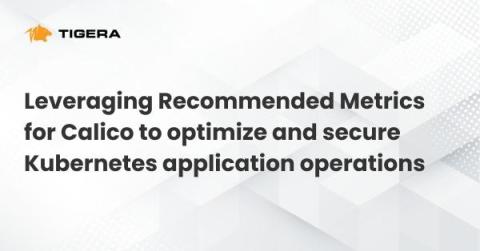Cybersecurity in the Age of Regulation
Cybersecurity breaches are becoming more frequent and more impactful. Adversaries continue to grow stronger, and defenders aren’t always keeping pace. Add in the increasing number of nation-state actors in the threat landscape, and it’s hardly surprising that governments are starting to take a greater role in regulating security. On July 26th, 2023, the U.S.











